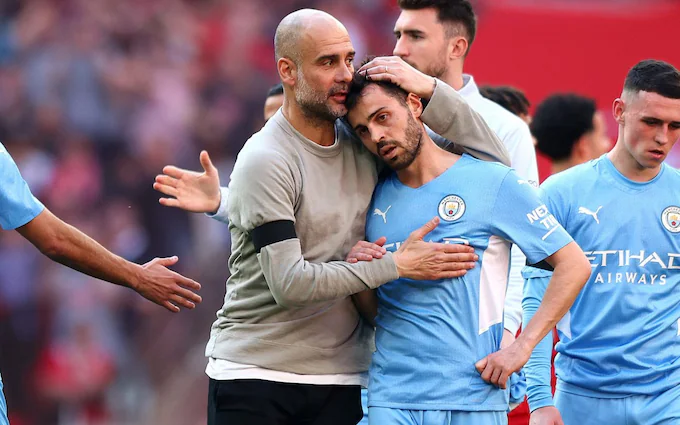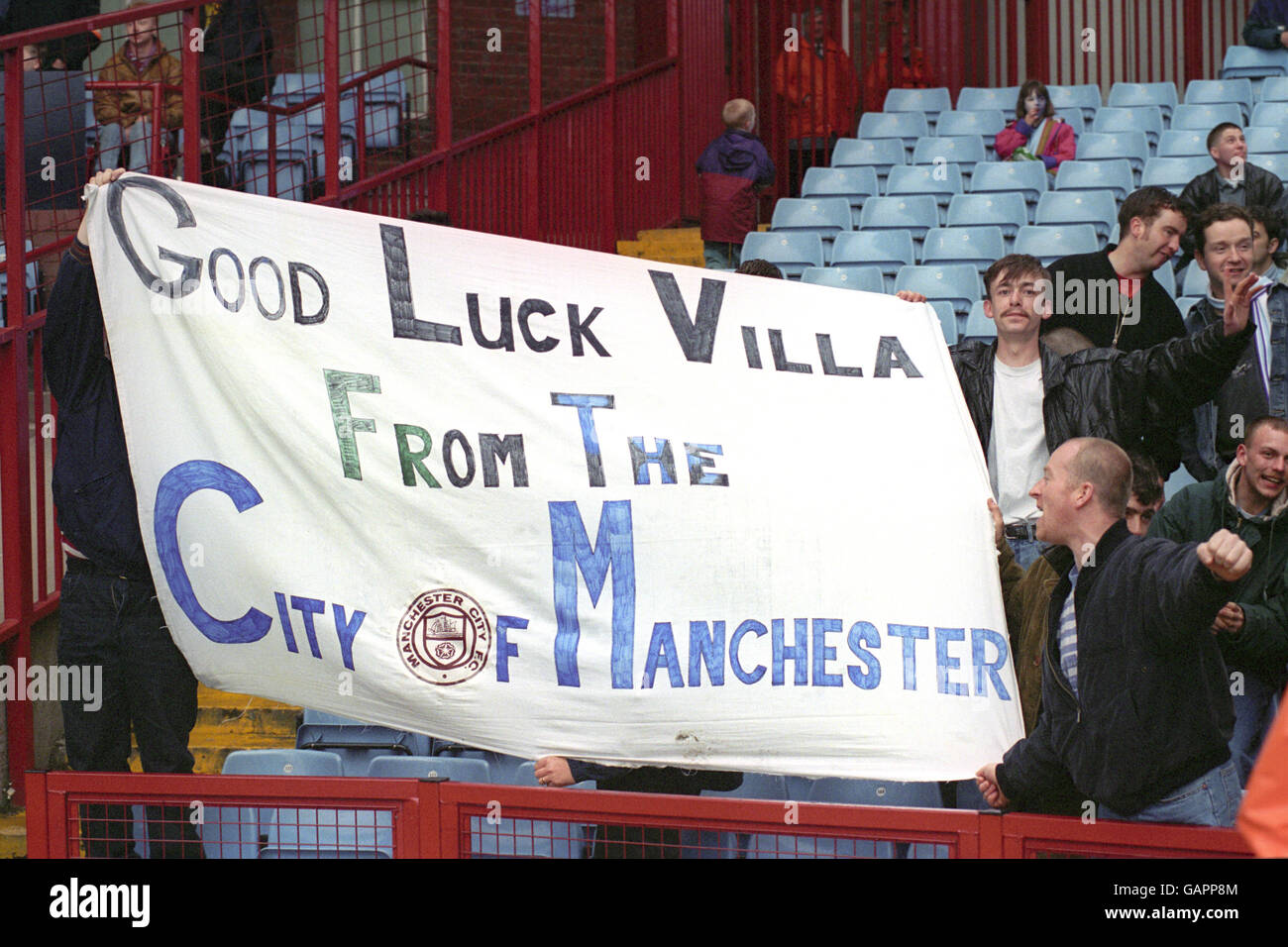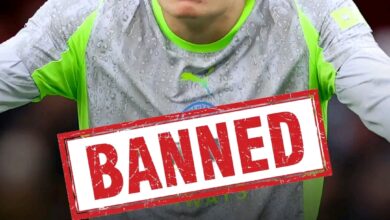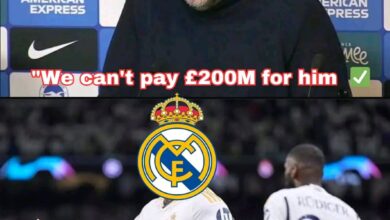Premier League VAR Controversy: Man City vs Aston Villa Penalty Decision Explained in Detail
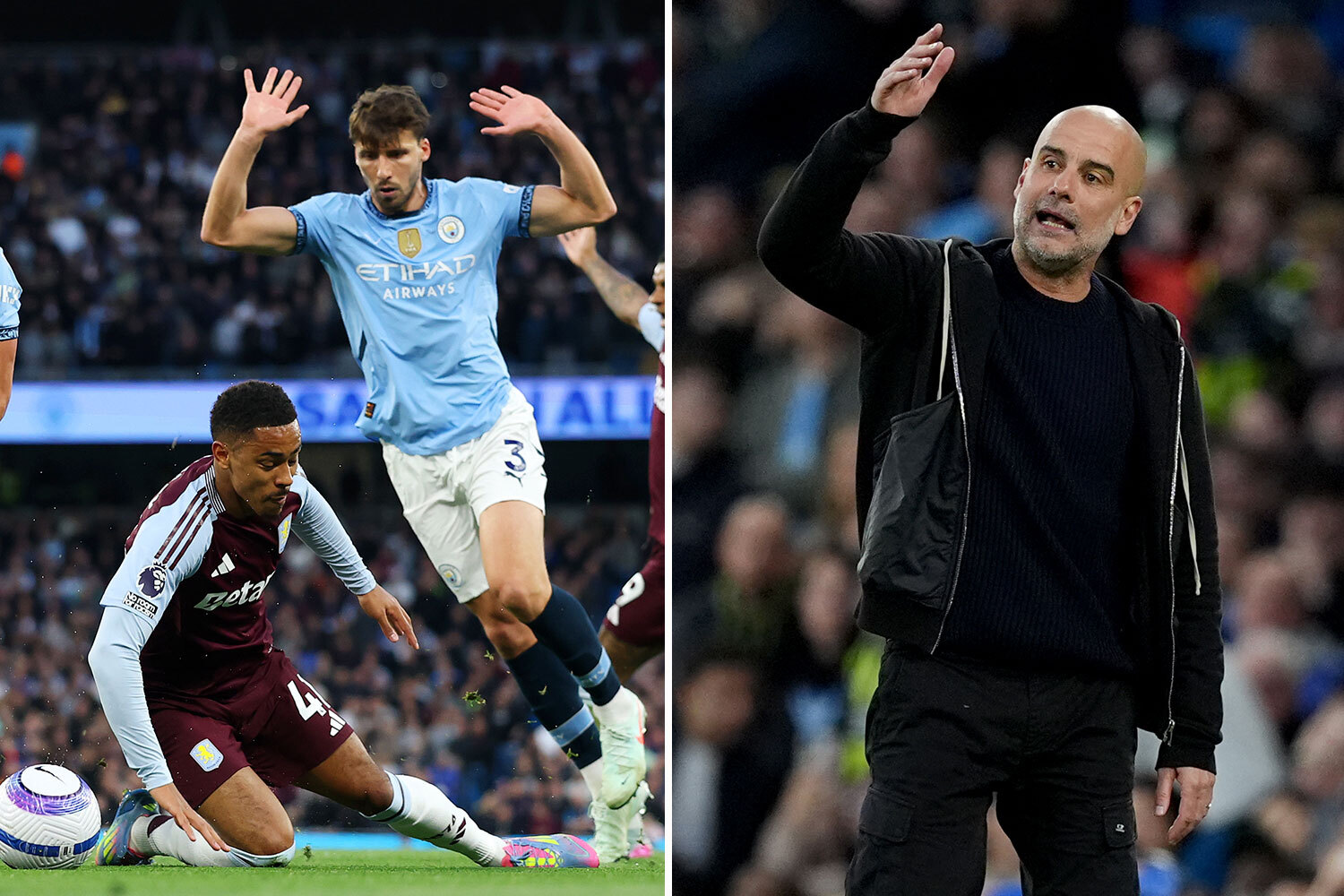
The recent Premier League clash between Manchester City and Aston Villa has generated significant controversy following a crucial VAR intervention that led to a penalty decision against City. The incident, which occurred during a pivotal moment in the match, sparked heated reactions from Manchester City manager Pep Guardiola and raised important questions about the application of video technology in modern football. This comprehensive analysis examines the incident, its implications, and the broader context of VAR in the Premier League.
During the Manchester City versus Aston Villa match on April 22, 2025, a decisive moment unfolded when Villa midfielder Jacob Ramsey burst into the City penalty area at considerable speed. The initial sequence appeared to show City defender Ruben Dias making a challenge that, according to on-field referee Craig Pawson, was legitimate. Pawson initially waved away Ramsey’s appeals for a penalty, allowing play to continue.
However, VAR official John Brooks deemed the incident worthy of further review and directed Pawson to the pitchside monitor to reassess his decision. After a brief review of the footage, Pawson reversed his original call and awarded Aston Villa a penalty, despite evidence suggesting that Dias had made some contact with the ball during the challenge.
The decision proved pivotal as it allowed Villa to draw level in a match with significant implications for both teams’ respective ambitions. For City, the dropped points could potentially impact their title hopes, while for Villa, securing a point against one of the league’s top teams represented a valuable outcome in their pursuit of European qualification.
In response to the controversy, the Premier League issued a formal explanation regarding the decision-making process behind the penalty award. According to the league’s statement, the review centered on several key factors:
- Nature of the Contact: While acknowledging that Dias did make slight contact with the ball, the Premier League’s explanation emphasized that the defender’s challenge primarily involved significant contact with Ramsey’s lower body.
- Force and Timing: The statement noted that the force and timing of Dias’s challenge were deemed excessive, even accounting for his touch on the ball.
- Protocol Application: The Premier League clarified that under current VAR protocols, a defender making minimal contact with the ball does not automatically negate a foul if the overall challenge is judged to be careless or reckless.
- Clear and Obvious Error: The league maintained that VAR official Brooks identified what he considered a clear and obvious error in the original decision, hence the recommendation for an on-field review.
The explanation underscored the Premier League’s commitment to consistency in the application of VAR, while acknowledging the inherent complexity of such decisions and the fine margins involved in modern football.
Manchester City manager Pep Guardiola’s reaction to the decision was immediate and unmistakable. The normally composed Catalan tactician erupted in protest, gesticulating wildly toward the fourth official and vociferously contesting the decision. His animated protestations continued for several minutes, eventually resulting in referee Pawson issuing him a yellow card for dissent.
In post-match comments, Guardiola expressed his frustration with both the decision itself and what he perceived as inconsistency in the application of VAR across different matches. “I have seen similar incidents in other games where no penalty was given,” Guardiola stated, his voice still tinged with emotion. “What we ask for is consistency. If that’s a penalty, then fine, but it needs to be a penalty every time.”
Guardiola further questioned the threshold for VAR intervention, suggesting that the “clear and obvious error” standard was being applied inconsistently across different matches and different teams. “Sometimes they intervene, sometimes they don’t. Sometimes a touch on the ball matters, sometimes it doesn’t. How are managers, players, and fans supposed to understand what to expect?”
The City manager’s reaction reflected broader concerns within football about the subjective nature of many VAR decisions and the apparent lack of consistency in their application.
A detailed examination of the incident reveals several technical aspects that contributed to the controversy:
- Ball Contact: Replays confirmed that Dias did make contact with the ball, albeit minimally. His toe appeared to redirect the ball slightly before his momentum carried him into Ramsey.
- Player Contact: Following the touch on the ball, significant contact occurred between Dias and Ramsey. The defender’s trailing leg made contact with Ramsey’s ankle and foot.
- Speed and Momentum: Both players were moving at considerable speed, with Ramsey accelerating into the penalty area and Dias attempting to execute a last-ditch tackle.
- Body Position: Dias’s positioning during the challenge placed him at a disadvantage, making clean ball contact difficult without subsequent player contact.
Former Premier League referee Mark Clattenburg, analyzing the incident for broadcast media, noted: “This falls into the gray area of officiating. Yes, Dias gets a toe to the ball, but in modern football, that doesn’t provide absolute immunity from conceding a penalty if the follow-through is deemed excessive.”
Historical Context: The Evolution of Penalty Decisions
The controversy surrounding this incident reflects a broader evolution in how penalties are awarded in professional football. Historically, any contact with the ball by a defender often resulted in no foul being called, regardless of subsequent contact with an attacking player. However, in recent years, particularly since the introduction of VAR, the emphasis has shifted toward considering the totality of a challenge rather than merely whether the ball was touched.
This evolution has not been without criticism. Many football purists, including former players and managers, have expressed concern that the game is becoming increasingly sanitized, with defenders afforded less latitude to make legitimate challenges. Conversely, others argue that the modern interpretation better protects attacking players and promotes more open, flowing football.
The Dias-Ramsey incident exemplifies this tension between traditional interpretations of the laws of the game and their contemporary application. While previous eras might have unanimously deemed Dias’s challenge legitimate based on ball contact, the current football climate permits a more nuanced assessment that considers multiple factors beyond just touching the ball.
Since its introduction to the Premier League in the 2019-2020 season, VAR has remained a source of ongoing debate among fans, players, managers, and pundits alike. The technology was implemented with the aim of reducing clear errors and increasing fairness, but its application has frequently generated controversy.
The Premier League’s approach to VAR has evolved over time, with adjustments to protocols and standards based on feedback and experience. Initially, there was reluctance to use pitchside monitors, with most decisions made directly by the VAR official. However, after criticism, the league encouraged greater use of on-field reviews to give referees more agency in the final decision.
Despite these adjustments, several recurring criticisms persist:
- Subjectivity: Many decisions, particularly those involving potential penalties, remain inherently subjective despite technological assistance.
- Consistency: The application of VAR interventions appears inconsistent across different matches and officials.
- Clear and Obvious: The threshold for what constitutes a “clear and obvious error” worthy of intervention varies widely.
- Impact on the Game: Some argue that VAR disrupts the flow of matches and diminishes the spontaneous joy of goal celebrations due to the specter of potential reviews.
The Dias-Ramsey incident adds another chapter to this ongoing narrative, further highlighting the complexities and challenges of implementing video technology in a sport where many decisions involve subjective judgment rather than objective fact.
The controversial penalty decision carries significant implications for both Manchester City and Aston Villa’s respective seasons. For City, engaged in a tightly contested title race, dropping points due to a contentious decision could potentially prove decisive in their pursuit of another Premier League championship.
City’s primary rivals will undoubtedly view the incident with interest, recognizing that in a competition often decided by the finest of margins, such moments can ultimately determine the destination of the trophy. The psychological impact of feeling aggrieved by a controversial decision could also affect City’s performance in subsequent matches.
For Aston Villa, securing a point against a title challenger represents a valuable outcome in their pursuit of European qualification. Under manager Unai Emery, Villa have established themselves as serious contenders for Champions League football, and their performance against City, regardless of the controversy, demonstrates their competitive credentials.
The broader implications extend to questions about competitive balance and the perception of fairness. When high-stakes matches turn on contentious decisions, it inevitably raises questions about the equitable application of rules and the potential impact on the integrity of the competition.
Both central figures in the controversy, Ruben Dias and Jacob Ramsey, offered contrasting perspectives on the incident. Dias, visibly frustrated after the match, maintained that his touch on the ball should have been sufficient to negate the penalty decision. “I felt contact with the ball,” the Portuguese defender stated. “In that situation, as a defender, you try to make a clean challenge, and I believed I had done enough to play the ball first.”
Ramsey, conversely, insisted that the contact from Dias impeded his progress and justified the penalty award. “I felt clear contact on my ankle that prevented me from continuing my run,” the Villa midfielder explained. “I had beaten him for pace, and the contact was enough to bring me down. For me, it’s a clear penalty.”
These differing interpretations highlight the subjective nature of many football incidents and the challenge in achieving consensus even with technological assistance. Players’ perspectives are inevitably influenced by their position, team allegiance, and the specific dynamics of the moment.
The controversy surrounding the Dias-Ramsey incident prompts broader questions about the future of VAR and officiating in football. Several potential developments and reforms have been proposed by various stakeholders:
- Transparent Communication: Some advocate for greater transparency in the decision-making process, potentially including live audio feeds of discussions between referees and VAR officials, similar to models used in rugby and cricket.
- Refined Protocols: Ongoing refinement of protocols to establish clearer guidelines for intervention and more consistent application of standards.
- Specialized Officials: The development of officials who specialize specifically in video review rather than rotating between on-field and VAR duties.
- Player and Manager Input: Greater consultation with players, managers, and other stakeholders to ensure that the implementation of technology aligns with the spirit of the game.
- Educational Initiatives: Enhanced efforts to educate fans, media, and other observers about the complexities of officiating decisions and the specific protocols governing VAR intervention.
The Premier League has shown willingness to adapt its approach to VAR based on experience and feedback, suggesting that further refinements are likely as the technology becomes more integrated into the fabric of the game.
The controversial penalty decision in the Manchester City versus Aston Villa match represents a microcosm of the challenges facing modern football. The incident encapsulates the tension between technology and tradition, the difficulty in achieving consensus on subjective decisions, and the high stakes that accompany every major call in elite competition.
While VAR was introduced with the laudable aim of reducing clear errors, the Dias-Ramsey incident demonstrates that technology cannot eliminate controversy entirely. Instead, it often shifts the focus of debate from whether a decision was correct to whether it warranted technological intervention in the first place.
As the Premier League continues to refine its approach to video technology, incidents like this will inevitably inform future protocols and practices. The challenge remains balancing the pursuit of greater accuracy with maintaining the essential flow and spirit of the game.
For Pep Guardiola and Manchester City, the immediate focus will be on recovering from this setback and maintaining their title challenge. For the broader football community, the incident provides another opportunity to reflect on the evolving nature of officiating in the modern game and the complex relationship between technology, human judgment, and the inherent subjectivity of sport.
In a game defined by passion, competition, and occasionally controversy, the Dias-Ramsey incident will likely be remembered as another significant chapter in the ongoing narrative of football’s technological evolution.

